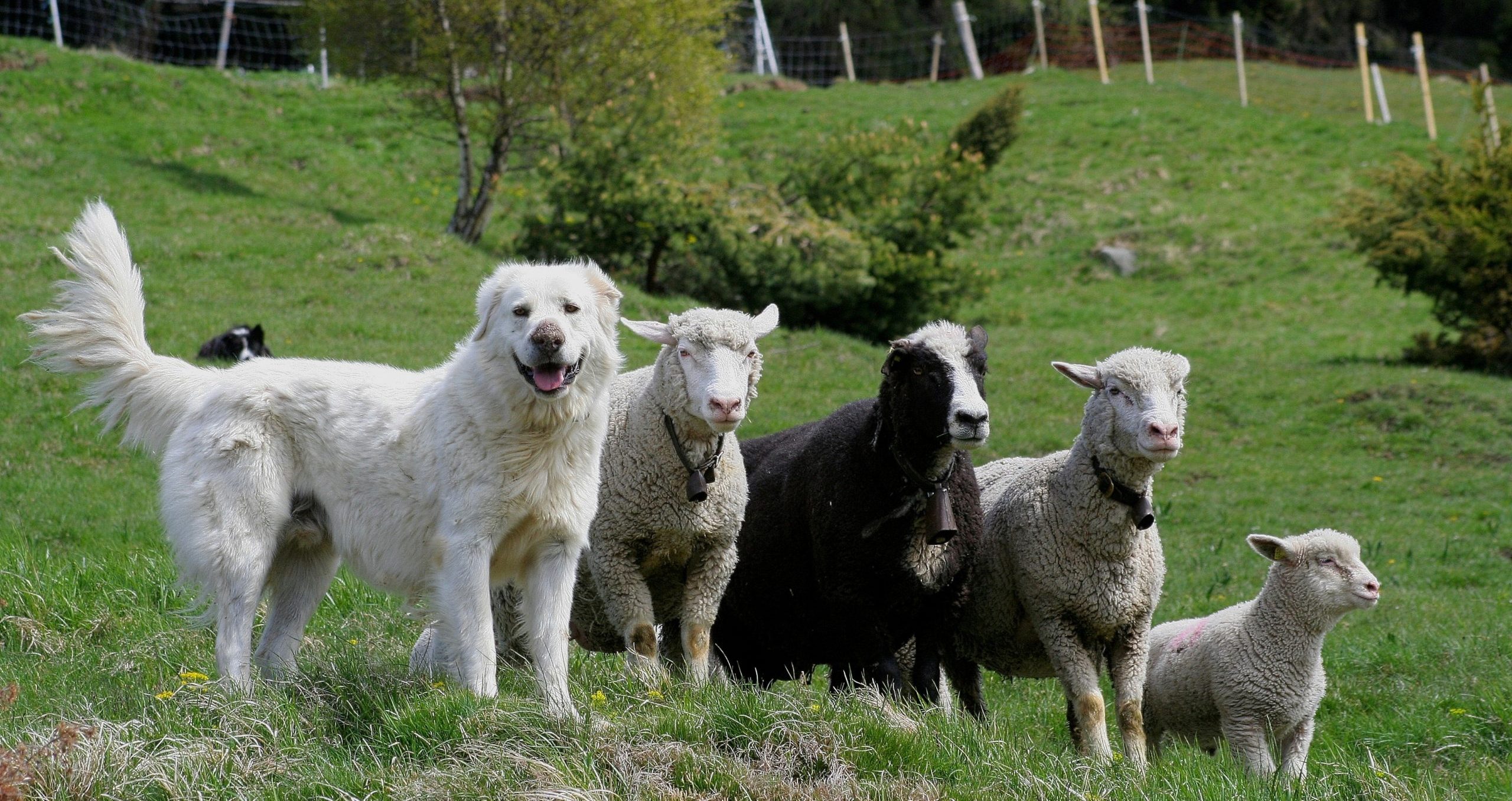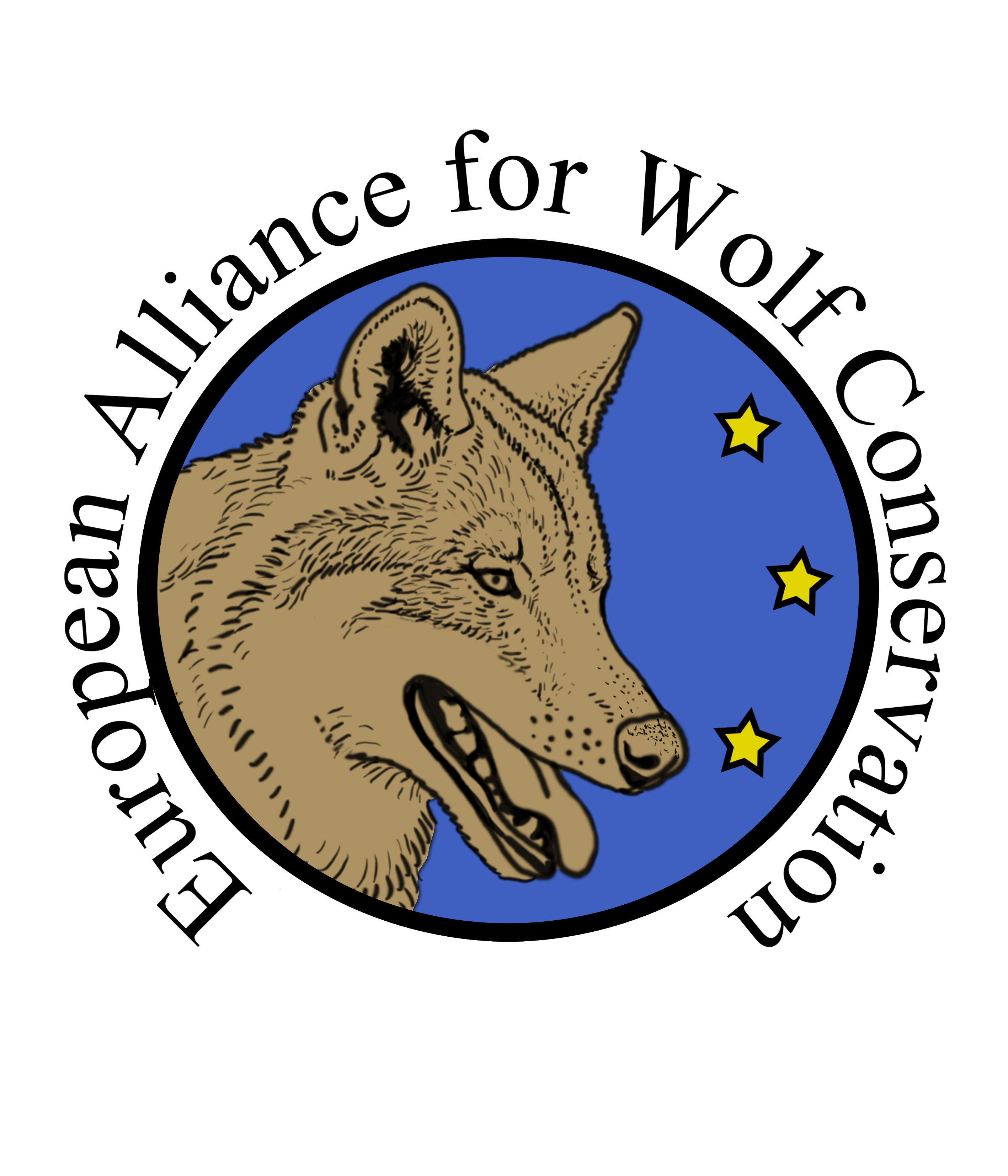Repository

In this section you can find a selection of scientific research about the effectiveness of nonlethal management tools for addressing conflicts between wolves and human interests. Modern scientific evidence shows that the most important measures in wolf conservation are the protection of domestic animals and the keeping of stable wolf packs.
Testing a conservation compromise: No evidence that public wolf hunting in Slovakia reduced livestock losses
“We did not observe a relationship between the number of killed wolves and livestock losses. Alternatively, a negative relationship between wild prey biomass and livestock losses was found. Since 2021, public wolf hunting has not been conducted in Slovakia, and there is no merit in the previous justification for this conservation compromise to reduce livestock losses.”
Large Carnivore Management Plans of Protection: Best Practices in EU Member States, 2018.
“Hunting of large carnivore individuals is ineffective or even counterproductive in reducing depredations to livestock and improving the social acceptance and the rate of hunting necessary to observe a significant decrease in the depredation rate is so high that it would compromise the conservation principle of the Habitats Directive.”
Evaluating the efficacy of predator removal in a conflict-prone world by Robert J. Lennox et al. 2018.
“Management must consider the role of the predator within the ecosystem and the potential consequences of its removal on competitors and prey. We also suggest that alternatives to predator removal be further developed and researched”.
Predator control should not be a shot in the dark. Treves et al, 2016.
“We recommend that policy makers suspend predator control efforts that lack evidence for functional effectiveness and that scientists focus on stringent standards of evidence in tests of predator control.”
Adaptive use of nonlethal strategies for minimizing wolf–sheep conflict in Idaho, Stone et al. 2017.
“Our demonstration project provides evidence that proactive use of a variety of nonlethal techniques applied conditionally can help reduce depredation on large open-range operations.”
Blood does not buy goodwill: allowing culling increases poaching of a large carnivore, Guillaume Chapron and Adrian Treves, 2016.
“Our results suggest that granting management flexibility for endangered species to address illegal behaviour may instead promote such behaviour.”
Lethal management may hinder population recovery in Iberian wolves, Quevedo, et al. 2019.
“Reducing the pressure of lethal management appears a feasible policy change to improve the conservation status of the population and foster transboundary connectivity”.
Poaching-related disappearance rate of wolves in Sweden was positively related to population size and negatively to legal culling” Liberg, Suutarinen et al, 2020.
“Our results indicate that legal culling is an unlikely option in the near future for Swedish wolf management where instead the population is likely regulated by poaching.”
When is it legal to hunt strictly protected species in the European Union? Epstein et al., 2019
“The limited research on the impacts of hunting on the public tolerance on wolves shows that it has “negative rather than positive impacts on the population demographics of hunted species”.
Keeping the Wolf from the Door, Laaksonen, Luonto-Liiton susiryhmä, 2018.
According to EU legislation, before any exception to strict protection is made, all possible non-lethal alternatives must be tried. Is the law been followed in Finland?
A review of financial instruments to pay for predator conservation and encourage human–carnivore coexistence, Amy J. Dickman et al. 2011
“The “holy grail” for truly integrating carnivore conservation with the communities who live with them is a situation in which local people receive tangible, commensurate, and equitably distributed benefits from predators that outweigh all the diverse costs, and carnivore-related revenue can help people escape existing poverty traps.”
Carnivore conservation: Shifting the paradigm from control to coexistence. Bergstrom 2017.
“A consensus is emerging among ecologists that extirpated, depleted, and destabilized populations of large predators are negatively affecting the biodiversity and resilience of ecosystems.”
Tolerance for Predatory Wildlife. Treves, 2014.
“A study of 656 residents of Wisconsin’s wolf population range showed a decline in tolerance and an increase in intention to poach wolves between 2001 and 2009, after the implementation of government culling of wolves implicated in livestock attacks.”
Revaluation of the wolf population in the EU: Impacts on the environment and rural communities. Linnell, 2017.
“<0.05% depredation of sheep population of mainland EU. We must learn to live with the wolf as a part of our rural landscape.”
How to deal with bold wolves – Recommendations of the DBBW, Reinhrdt, 2020.
“It is a widely held opinion that sooner or later wolves in non-hunted populations cease to be wary of humans and consequently become a threat. This opinion has no scientific basis. There is no evidence that wolves in human-dominated landscapes are more dangerous than hunted wolves or wolves which live in areas uninhabited by humans.”
Evaluation of the conservation genetic basis of management of grey wolves in Sweden. Hansen, 2011.
The panel finds that obtaining Favourable Conservation Status will require a population size of at least 3,000-5,000 individuals. Wolves throughout Scandinavia, Finland and Karelia-Kola have historically constituted one continuous population, which has since been fragmented and reduced due to human activity. It is therefore most appropriate to focus efforts for obtaining Favourable Conservation Status on this geographical region. The panel consequently recommends transnational collaboration and agreements among Sweden, Norway, Finland and Russia with the purpose of securing a common grey wolf population consisting of 3,000-5,000 individuals.
Large-Scale Sheep Losses to Wolves (Canis lupus) in Germany Are Related to the Expansion of the Wolf Population but Not to Increasing Wolf Numbers.
“In conclusion, we demonstrate that sheep losses in Germany have been driven by the expansion of the wolf population, not by wolf numbers, and by the number of sheep available. We suggest that Germany’s wolf conservation policy should focus on alternative non-lethal interventions, enforcement and standardization of intervention monitoring, and promotion of wolf tolerance rather than on lethal control of wolf population size.”
Linnell, J. D. C. & Cretois, B. 2018, Research for AGRI Committee – The revival of wolves and other large predators.
“Overall, loses to large carnivores are the equivalent of 0.05% of the over-wintering sheep stock (c. 31 million) in the countries included. The total European sheep population is 86 million.”
Laikre, et al. Metapopulation effective size and conservation genetic goals for the Fennoscandian wolf (Canis lupus) population, 2016.
“To meet international conservation goals, suggestions include managing subdivided wolf populations over Fennoscandia as a metapopulation; a genetically effective population size of Ne⩾500, in line with the widely accepted long-term genetic viability target, might be attainable with gene flow among subpopulations of Scandinavia, Finland and Russian parts of Fennoscandia.”

European Alliance for Wolf Conservation
info@wolf-alliance.org
-
Pictures by Ville Palmu, Gunther Lenhardt and Luchs-und Wolfsshutz Bayerischer Wald
Property of their respective owners and cannot be used without permission
(C) 2023
